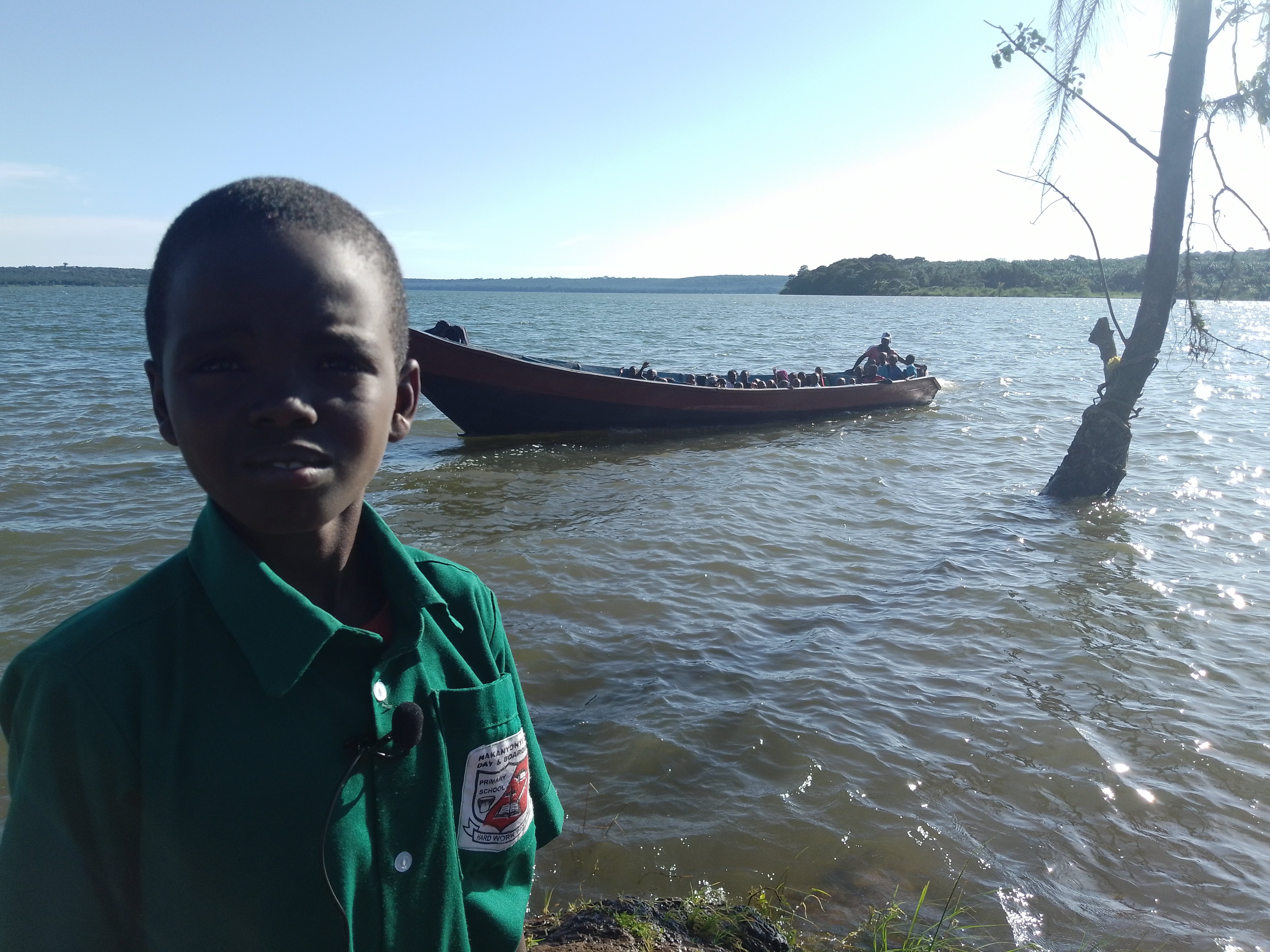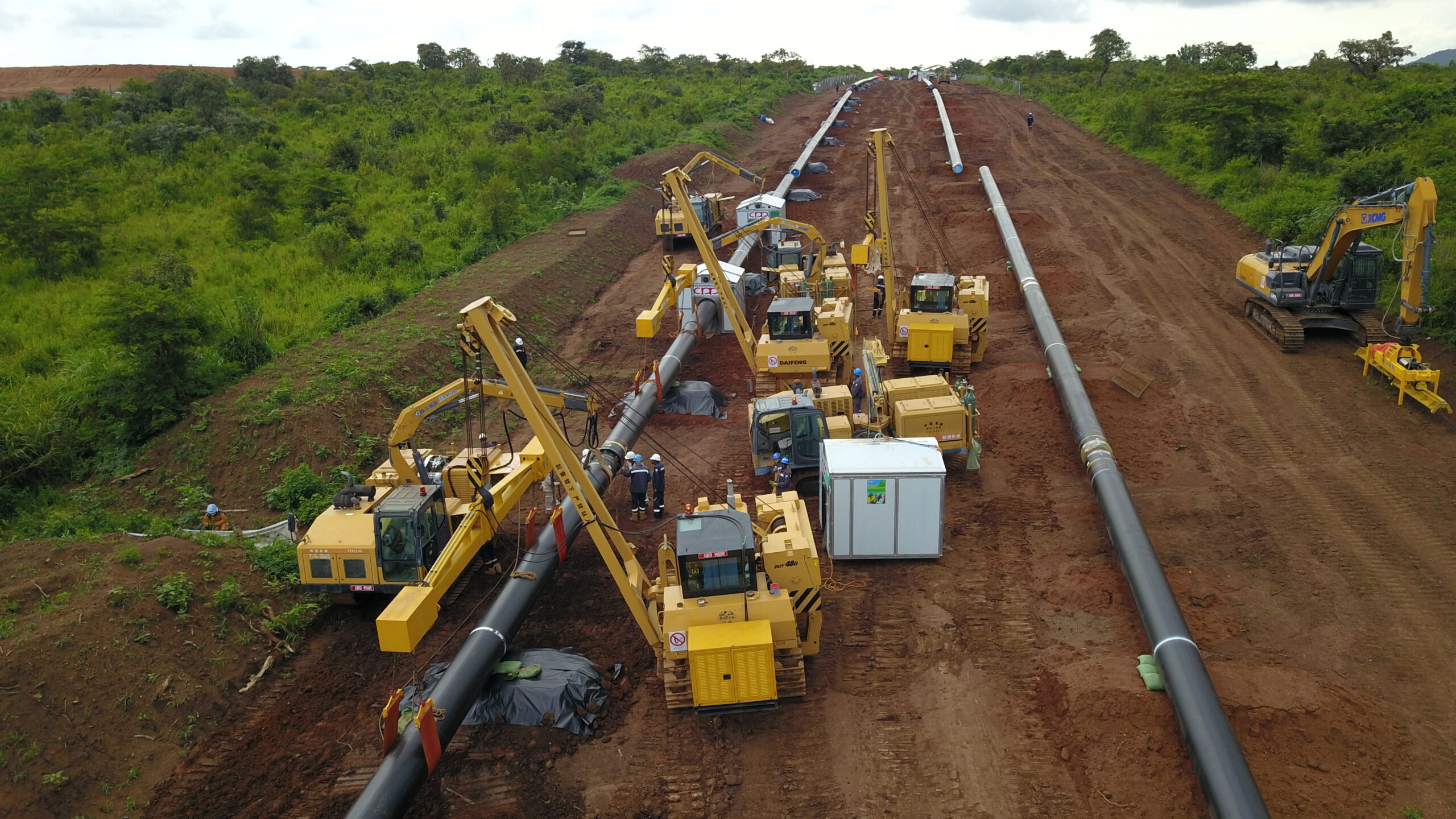Kalangala: The Archipelago Whose gods Are Silent

Kalangala, also known as Ssese islands, is the biggest archipelago and district in Uganda, seated in the central, within the great Lake Victoria. Its population is projected at 100,000 people as we head into the census in May, and mostly fisherfolks, whose settlement is linked to the availability of fish. Migrating once they realize schools have shifted, and there’s more to this, murrum roads everywhere, including the town council, costly transport, water and electricity. The major island, Buggala, sinks into darkness from midnight to 5am, for certain reasons, and is disconnected from the remaining inhabited sixty-three islands. While this seems normal, some are demanding for affirmative action to transform the medieval society.
As the community seems to be simply guarded by all forms of gods, shielding pupils that are battered by rains and storms on canoe boats to school from drowning, and fishermen that depend on the same waters, that protection seems to be waning.
Ultimately, better funding is needed to fix the poor roads, risky transport between islands, and the high cost of living. One of the principal government determinants to metre development funds to local governments is population, the bigger the number, the better. Unfortunately, for the archipelago, this approach is simply suffocating.
The communities are clustered on just 64 islands. The remaining 20 are deserted, perhaps left to the gods of the wild waters and forests or because of the costly and risky water transport. Generally, there’s growing demand for better services. Affordable electricity and water, extra ferries to connect the remaining islands and more schools which are unfortunately programmed on enrollment.
Away from the profound fishing, palm oil is a big business on the archipelago. Simple agriculture ensues, and tourism is inevitable judging by the uniqueness of the area.
Fisherfolks And The Shoals
Staying on land guarantees the fishing community one clear thing, keeping dry and free from marine trouble. But fisherfolks don’t pride in that, getting wet is the ultimate window to money and a little comfort. Such income goes ahead to clear bills; feeding, healthcare, electricity, water, education, and transport to the capital, Kampala.
Fishing is the main economic activity despite efforts to diversify. But it’s linked to one crucial factor, the availability of fish. Shoals, like people, often migrate. They search for food, better places to spawn and rest. Subsequently, this influences migration among fisherfolks and their families.
According to Mr. Wilberforce Namanya, the headteacher, Kibanga Church of Uganda Primary, a government owned school, it’s one of the leading factors for the fluctuating enrollment in schools. While some pupils opt for the lucrative business, which fetches about shs. 20,000 daily compared to the troubling education, the movement of fish influences migration as fisherfolks seek better grounds.
The community contends with changes and developments that reshape fisheries, a recent government ban that prohibits catching silver fish, locally called mukene, and the disastrous months, such as July whose storms impede fishing and drive fish to further places.
Ssebatta Isaac is 26 years old. He has spent the last 12 years traversing the waters in search for fish. He underscores challenges in the sector. Costly fuel, boat engines, fishing tax and costly boats in case one needs the best quality, especially one made from the strongest wood – Omukebu tree, which can last up to 15 years. But it’s imported from Congo.
Despite acknowledging the need to enforce proper fishing, the folks highlight double standards from the enforcement teams. While some are apprehended for improper fishing, scores walk away untouched, and it’s those with power.
When Costly Services Seem Normal
Transport to the island is operated by two major players, Nation Oil Distributors Limited (NODL) for MV Kalangala, and Kalangala Infrastructure Services (KIS) for MV Pearl and MV Ssese.
MV Kalangala charges from as little as shs. 10,000 to as much as shs. 150,000 from Nakiwogo to Lutobooka port. While this seems a lot, some Islanders find it convenient, citing the transformation to this point.
Bukakata to Luuku port is free of charge for passengers and freight such as vehicles and trucks, thanks to the public-private partnership between government and KIS. Such dynamics have informed the prices of goods and services, with fast foods such as chapattis priced at shs. 1000 considering cargo expenses.
A boda-boda ride from the town council in Buggala Island to Luuku port goes for at least shs. 20,000 since there are no taxis to ply the murrum roads. Perhaps due to the low population. As for water transport, about shs. 4000 from Mwena to any nearby island, which further increases in case of extra cargo. Such costs are incurred by pupils too.
According to the District Inspector of Schools, Mr. Mutebi Ronald, it costs shs. 900,000 to access Mazinga Island, the furthest and closest to Tanzania. Of the shs. 4 million that government allocates for inspection services, such inevitable expenses wipe out the budget, hindering service to the 23 government primary schools, and 4 secondary government schools.
Unlike mainlands that are connected to the national grid, Kalangala relies on a hybrid mini-grid, Bukuzindu power plant which was commissioned by President Museveni in 2015. It’s a solar-thermal blend facility operated by KIS and it specifically serves the main Island, Buggala. It powers businesses, health centers, institutions, households and the few factories.
The remaining 63 inhabited islands are on their own, sinking in darkness at night in case households can’t afford simple solar lighting. Lately, Buggala is also checked, it goes dark at mid-night only to be lit up at 5am.
Locals are unhappy with the cost of water and electricity as prices for commercial and household consumption are high, ceiled above the shs. 1000 mark per unit compared to the mainland tariff. This has ultimately influenced the cost of production, where for instance, a decent meal goes for at least shs. 6,000 but there those that go for as little as shs. 2500.
A Place for Unmatched Holidays
The unique blue beaches and horizons where Victoria waters meet the sky, thick green forests and brown roads, humming birds, shimmering golden sunsets and cold nights have given life to tourism and vacation resorts. White foreign tourists love riding on the brown forest tracks, and returning back to the cold forested resorts for their accommodation, where the least goes for shs. 100,000.
Tourists and vacationers mostly dock at Lutobooka port, Mwena, Buggala island starting on Fridays. All the way from the mainland, Nakiwogo in Entebbe, and sometimes via Luuku port, which connects Buggala to Masaka through Bukakata Port. This access route is usually the last alternative when one misses MV Kalangala, the main carrier operated by Nation Oil Distributors Limited (NODL), just like we did. Its only route to the island is set at 2pm from Entebbe and the return at 8am the following day, taking about four hours on sail. There are other alternatives such as Vanessa, often used by the classy, usually tired of the congestion and perfect if you’re in rush to find the delicious fish meals and golden sunsets. That comes with a bigger pay check compared to what MV Kalangala charges.
Upon missing the Nakiwogo-Lutobooka route, one can opt to re-route to Mpigi using MV Nakiwogo which plies the Nakiwogo-Buwaya route, then Masaka to access Bukakata. Whatever ferry is on the travel schedule, MV Pearl or MV Ssese, its limit travel time is 6pm and absolutely free of charge.
Big business ensues after settling on the island. Several resorts, eye catching scenes formed by the Victoria waters, cultural sites, and canoe rides to nearby islands attract activity.
Tourism simply diversifies the employment portfolio. Adding to fishing, simple livestock, agriculture and palm oil. Generally, the archipelago, unlike other tourism destinations such as Murchison, Kidepo, Queen Elizabeth and others, offers plenty of vacation time.
Classes on the Islands
Although a little different from Buvuma, whose islands offer education under open classrooms, main hall and staff room under trees, Buggala, Kalangala’s main Island is home to the district headquarters and the biggest primary school, Kibanga C.O.U with 735 pupils. But this isn’t the same situation with the remaining islands such as Kagoonya, and Mazinga. Enrollment changes as fish migrates, and the situation is dire.
Wilberforce Namanya, the headteacher of Kibanga Church or Uganda primary school affirms that some rules have to be bent in order to improve service delivery since the district is unique, hard to reach and stay. Kids travel by boats to schools under all sorts of conditions, thus, he advises that boarding should be prioritized among island schools to limit risks and expenses that parents incur daily.
Young Malikiswua Fludusi is a 9-year-old P.5 pupil at Kibanga C.O.U. Having shifted from Nakanyonyi C.O.U P/S, together with his two friends, they wake up at 4am to catch the 7am boat from Kagoonya island to Buggala. One of his memorable days is when they were battered by heavy rain and storms to almost drowning. His mother struck a deal with the boatman and pays shs. 4000 for the pupils to be shipped daily. But that was before the ban on mukene was instituted. How she will make up for the fallen business is yet to be known.
Amidst challenges to access affordable and quality services such as transport, electricity, education and water, there’s anxiety as government is yet to commission the submarine power cable connecting the district to the national grid via Masaka. Only two sub-counties, Buggala and Bugoma are primarily quoted to directly benefit from the electricity upgrade, but the remaining islands will still be seeking a similar treat for redemption beyond what the gods of the islands have been doing.



